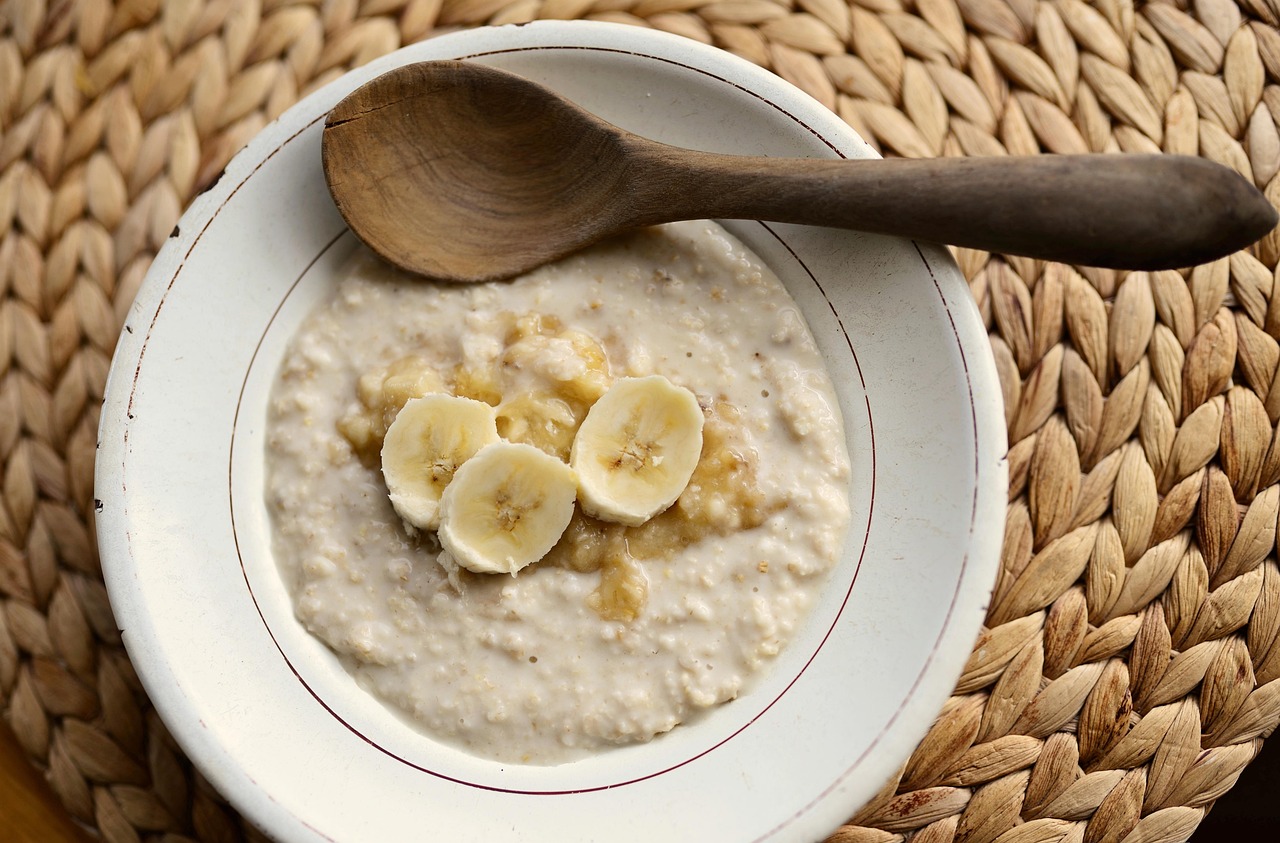Baby food also ensures that your baby is exposed to a greater variety of tastes and textures. This will help your baby when making the transition to table foods and also help him or her develop healthy eating habits.
Baby Food Preparation Tips
Homemade baby food. Prepare foods immediately upon removing them from the refrigerator, and freeze immediately after cooking any foods you want to store.
Steaming vegetables is the best method of preparation. A steamer basket is cheap, and by cooking fruits and vegetables in it, you’ll be sure of keeping the nutrients in the food, instead of in the cooking water.
Quickly purees
To puree your foods, you can use a fork, a food mill, or a blender. A blender quickly purees almost anything into the finest consistency. When your baby first starts on solids, you’ll be pureeing things to a very fine consistency, and as the baby gets a little older, you will make foods a little coarser. You may wish to buy a food mill that comes in large and small sizes. It is very handy and inexpensive. The food mill strains most cooked foods to a very smooth consistency, although meats can be a problem as they will have a coarser texture. Remember, all the tools you need to make baby food are probably already in your kitchen.
You can prepare large amounts of food at once and freeze it. Take your prepared foods and plop them by spoonfuls onto a baking sheet. Freeze the plops right away, and then take them off the sheet when they are frozen and put them into plastic bags. You can also freeze the food in plastic “pop-out” ice cube trays.
Small Tupperware jars with lids serve the same purpose and stack easily. Label and date the packages and rotate them
When you take frozen foods out for the baby, warm the food in a cup placed in a saucepan of boiling water with a lid on. Cereals are typically the first foods given to a baby because they contain lots of iron. You can prepare your own by running oatmeal through your blender. Fruits are generally given next. Except for raw, mashed bananas, you will need to cook all other fruits till they are soft. You can also peel peaches, plums, and apricots and boil or steam them.
Buy and use organic fruits and vegetables. Use fresh and organic vegetables whenever possible in order to provide the best nutrition and flavor for your baby. Your baby deserves pesticide-free foods. Frozen vegetables are better to use than canned.
Yogurt, mashed cottage cheese, mashed pumpkin, baked potato, avocado, and tofu (oriental soy bean curd) are all popular with babies. One good idea is to blend cottage cheese, banana, and fresh orange juice, delicious! Meats should be added slowly. Chicken is generally the first meat baby is introduced to, and usually goes down fairly well.
Solids Prepares
There is no rush to start your baby on solid foods. Milk is his most important food. Your doctor’s recommendations and your own intuition will help you to know when to begin introducing solids to your baby’s diet. Introducing solids prepares the baby for the transition to adult food and offers further vitamins and minerals as the baby grows. Always remember to be patient with your baby and allow at least a few days between newly added foods to make sure the baby doesn’t suffer any reactions.

